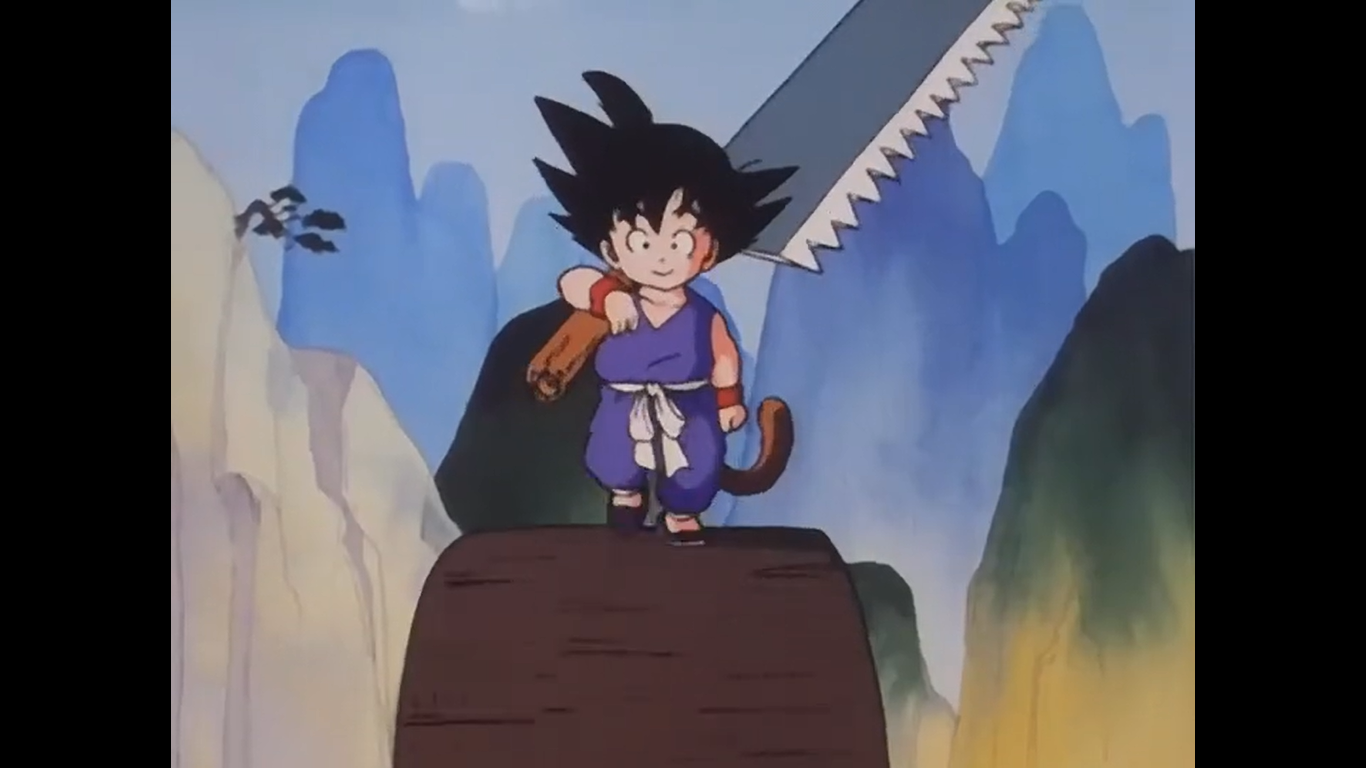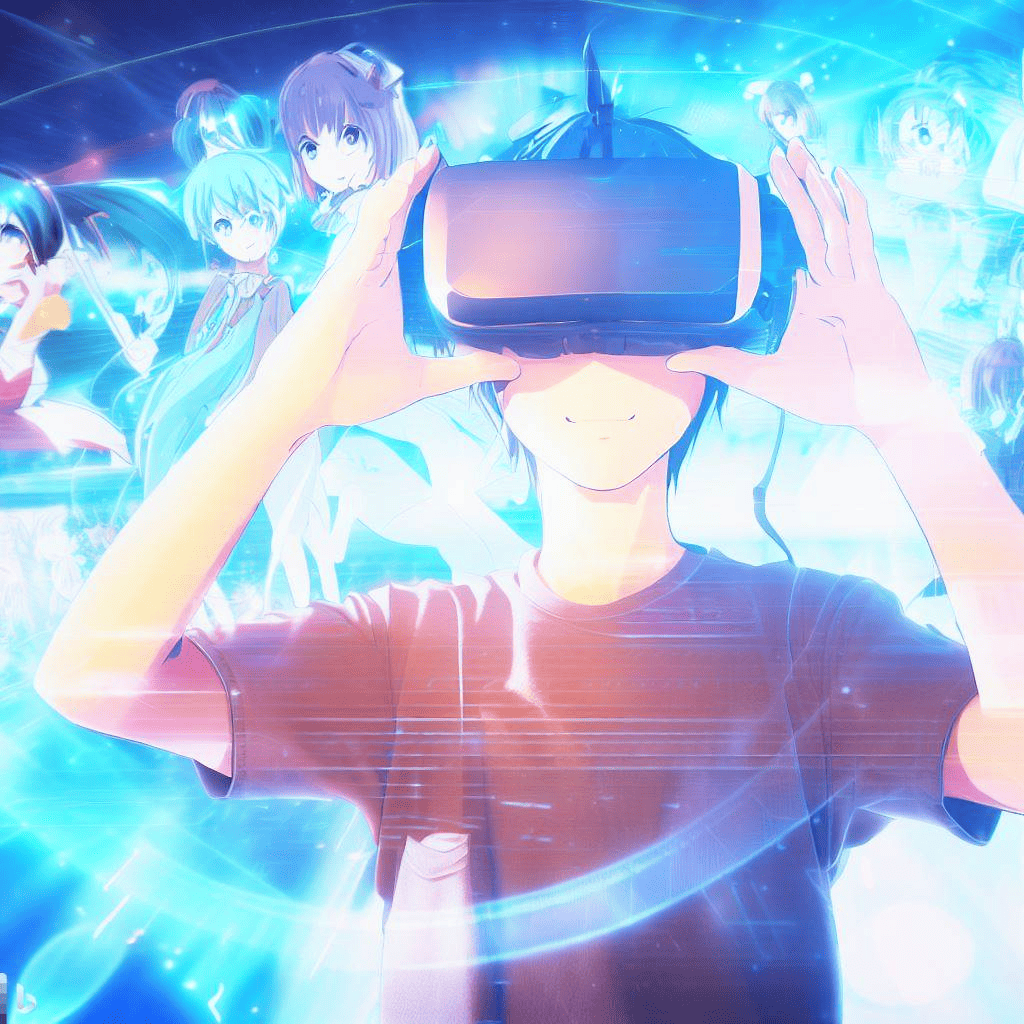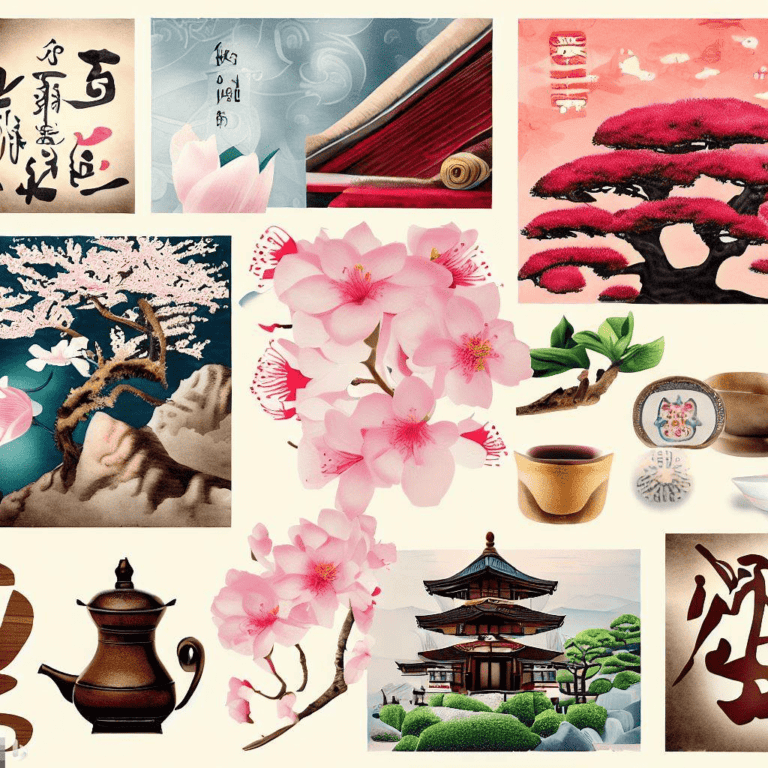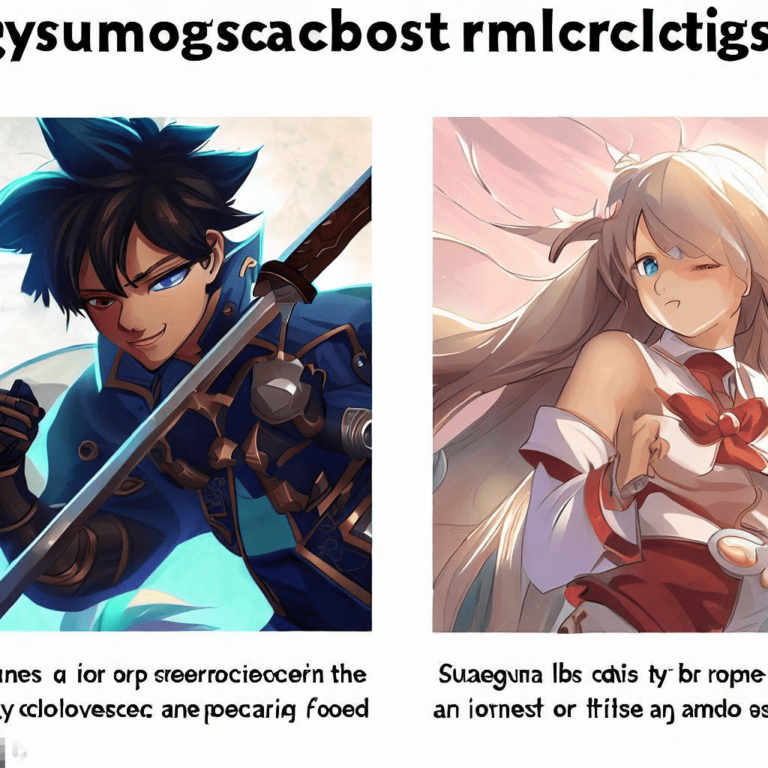The Evolution of Anime: Past, Present, and Future

Introduction
Anime has become a global phenomenon, captivating audiences around the world with its unique art style, compelling storytelling, and diverse range of genres. Over the years, anime has evolved significantly, reflecting the changing tastes and preferences of viewers. In this article, we will explore the evolution of anime, from its humble beginnings to its current popularity, and speculate on what the future holds for this beloved form of entertainment.
Table of Contents
- Introduction
- The Origins of Anime
- The Golden Age of Anime
- Technological Advancements and Anime
- Anime Goes Global
- Diverse Genres and Themes in Anime
- Anime and Merchandising
- The Impact of Streaming Services on Anime
- Anime’s Influence on Western Media
- The Future of Anime
- Conclusion
- FAQs
The Origins of Anime

Anime traces its roots back to early 20th-century Japan, where it emerged as a distinctive style of animation. The influence of traditional Japanese art, such as ukiyo-e prints, can be seen in the aesthetic choices of early anime. Osamu Tezuka, often referred to as the “Godfather of Manga,” played a pivotal role in popularizing anime with his iconic works like “Astro Boy” and “Kimba the White Lion.”
The Golden Age of Anime

During the 1980s and 1990s, anime experienced a golden age with the rise of influential studios like Studio Ghibli and Gainax. This era witnessed the release of timeless classics such as “Akira,” “Ghost in the Shell,” and “Sailor Moon.” These works pushed the boundaries of animation, exploring complex themes and captivating audiences worldwide.
Technological Advancements and Anime

Advancements in technology have had a profound impact on the evolution of anime. The transition from traditional hand-drawn animation to computer-generated imagery (CGI) opened up new possibilities for visual storytelling. Anime series like “Neon Genesis Evangelion” and “Cowboy Bebop” showcased the potential of incorporating CGI seamlessly into traditional animation techniques.
Anime Goes Global
With the advent of the internet and digital distribution platforms, anime gained widespread international popularity. Fans from different countries could now access a vast library of anime series and movies, fostering a global community of anime enthusiasts. The emergence of fan subbing and fan dubbing further contributed to the global reach of anime, breaking down language barriers.
Diverse Genres and Themes in Anime
Anime is renowned for its diverse range of genres and themes. From action-packed shonen series like “Dragon Ball” and “One Piece” to emotionally-driven dramas like “Your Lie in April” and “Clannad,” anime caters to a wide spectrum of audience preferences. The medium has also delved into complex narratives and thought-provoking social commentary, as seen in works like “Attack on Titan” and “Death Note.”
Anime and Merchandising
Anime’s popularity extends beyond the screen, with a thriving merchandise market. Fans can purchase figurines, clothing, collectible cards, and other items featuring their favorite anime characters. This symbiotic relationship between anime and merchandising has contributed to the industry’s growth and financial success.
The Impact of Streaming Services on Anime
Streaming services such as Crunchyroll, Funimation, and Netflix have played a pivotal role in making anime more accessible to global audiences. These platforms offer a wide selection of anime titles, providing fans with the convenience of watching their favorite shows anytime, anywhere. The availability of legal streaming options has also helped combat piracy and support the anime industry.
Anime’s Influence on Western Media

Anime’s influence can be observed in Western media, with many creators drawing inspiration from its distinctive style and storytelling techniques. Shows like “Avatar: The Last Airbender” and “RWBY” have incorporated anime elements into their animation and narratives, appealing to both anime fans and newcomers alike. This cross-pollination of ideas has enriched the global entertainment landscape.
The Future of Anime
As we look to the future, the prospects for anime are incredibly promising. With technological advancements like virtual reality and augmented reality, anime has the potential to deliver even more immersive experiences. Additionally, the growing demand for diverse and inclusive storytelling opens doors for new narratives and characters in the anime industry. Anime’s global reach is set to expand further, with more collaborations between Japanese studios and international creators.
Conclusion
The evolution of anime from its origins to its current global prominence is a testament to its enduring appeal. As technology continues to advance and audience tastes evolve, anime will undoubtedly adapt and innovate. The future holds exciting possibilities for this beloved form of entertainment, and fans can look forward to a wealth of captivating stories and unforgettable characters.
FAQs
1. Is anime only for children? No, anime caters to audiences of all ages. It encompasses a wide range of genres and themes, appealing to diverse tastes.
2. Can I watch anime legally? Yes, there are several legal streaming platforms like Crunchyroll, Funimation, and Netflix that offer a wide selection of anime titles.
3. How has anime influenced Western media? Anime’s distinct style and storytelling techniques have influenced Western shows and animations, leading to the creation of unique hybrid works.
4. Will anime continue to grow in popularity? Yes, anime’s global popularity is on the rise, and with technological advancements and diverse storytelling, its fan base will likely expand further.
5. Can I become an anime artist? With dedication, practice, and a passion for art, anyone can pursue a career in anime artistry. There are various resources available to learn and improve artistic skills.





